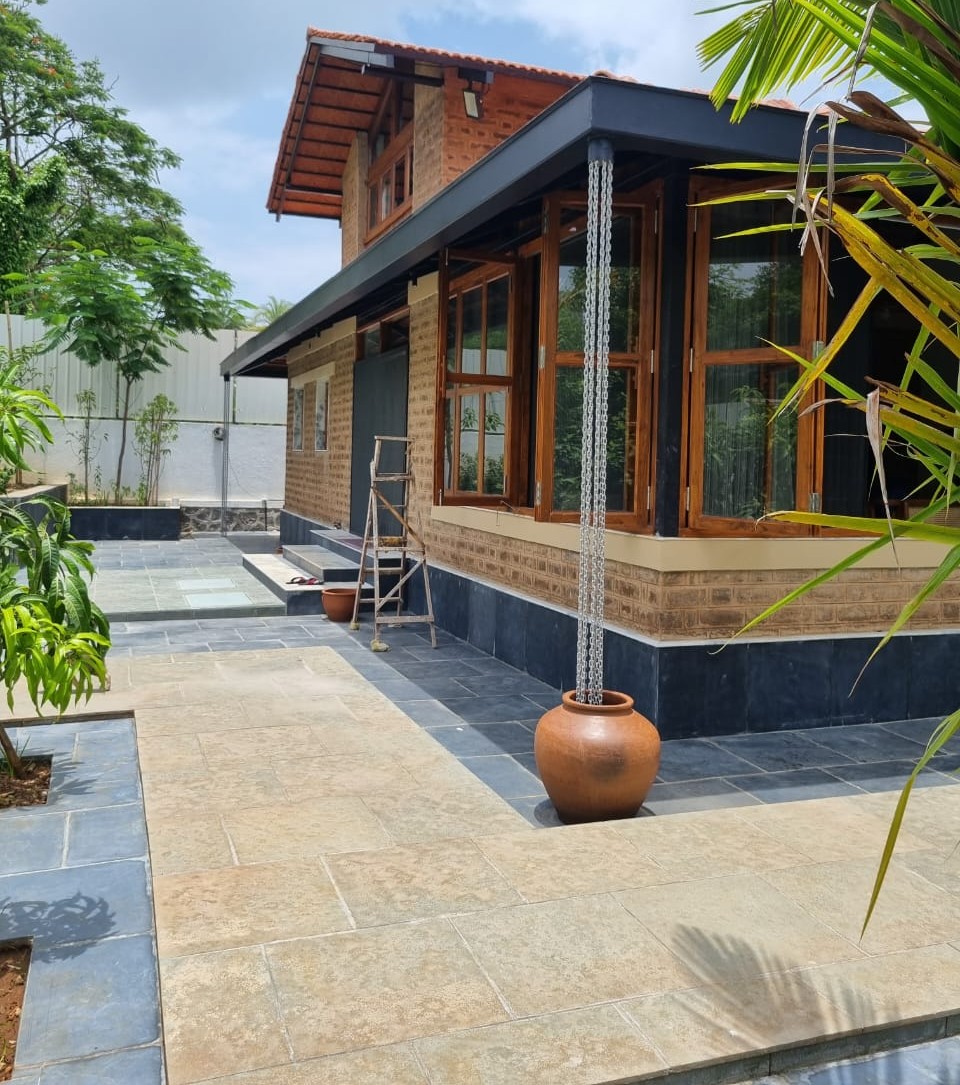
As sustainable practices gain momentum in the construction sector, developers and architects are striving to meet international standards for eco-friendly design. Green building certifications such as LEED, BREEAM, and GRIHA have become benchmarks for measuring environmental performance. In this context, materials play a crucial role, and lime plaster has emerged as a valuable asset for achieving these certifications. With its natural composition, breathability, and carbon-absorbing properties, lime plaster is not only a traditional building material but also a key enabler of modern green construction.
Understanding Green Building Certifications
Green building certifications are frameworks designed to evaluate how sustainable and resource-efficient a building is. They assess factors like energy consumption, material sourcing, indoor air quality, and environmental impact. To qualify for such certifications, projects must integrate materials and practices that minimize ecological harm while maximizing long-term benefits. Lime plaster aligns with these principles, making it a suitable choice for certified green buildings.
Low Carbon Footprint of Lime Plaster
One of the major considerations in green certifications is the carbon footprint of materials. Cement production is one of the largest contributors to global carbon emissions. Lime plaster, on the other hand, requires less energy in its production and actively absorbs carbon dioxide as it cures. This unique property helps reduce overall carbon emissions, aligning with the sustainability criteria of most certification systems.
Indoor Air Quality Standards
Certifications such as LEED and WELL place strong emphasis on indoor air quality. Lime plaster is naturally breathable, which means it regulates humidity levels and prevents mold growth. Its alkaline nature resists bacteria and fungi, creating healthier indoor spaces. By improving air quality and comfort for occupants, lime plaster contributes significantly to scoring higher in these certification categories.
Durability and Resource Efficiency
A sustainable building must be designed to last, reducing the need for frequent repairs and resource use. Lime plaster is known for its durability and ability to self-heal minor cracks, reducing long-term maintenance. This quality not only saves costs but also supports resource efficiency, another crucial metric in green certification frameworks.
Energy Efficiency Contributions
Thermal performance is another factor in certification systems. Lime plaster contributes by moderating indoor temperatures. Its breathable nature ensures walls can absorb and release moisture, helping to maintain comfortable humidity and reducing dependence on artificial heating or cooling. Over time, this leads to lower energy consumption, an essential element in sustainable building evaluation.
Compatibility with Sustainable Practices
Green certifications encourage the use of materials that are locally sourced and environmentally responsible. Lime is widely available and can be procured with minimal transportation, reducing the environmental impact of logistics. Its natural composition ensures it is free from toxic additives, making it an eco-friendly material choice for projects aspiring for certification.
Application Expertise
To fully realize the benefits of lime plaster for certification purposes, expert application is essential. Services such as Lime Plaster Service in India ensure the material is applied correctly, maximizing performance and aesthetic value. Skilled workmanship not only enhances durability but also ensures the plaster meets sustainability and health standards required for certification.
Conclusion
Green building certifications are shaping the future of construction by setting measurable goals for sustainability. Lime plaster, with its low carbon footprint, natural breathability, durability, and contribution to energy efficiency, is perfectly aligned with these goals. By integrating lime plaster into projects, architects and builders can improve their chances of earning green certifications while creating healthier, more sustainable environments.


